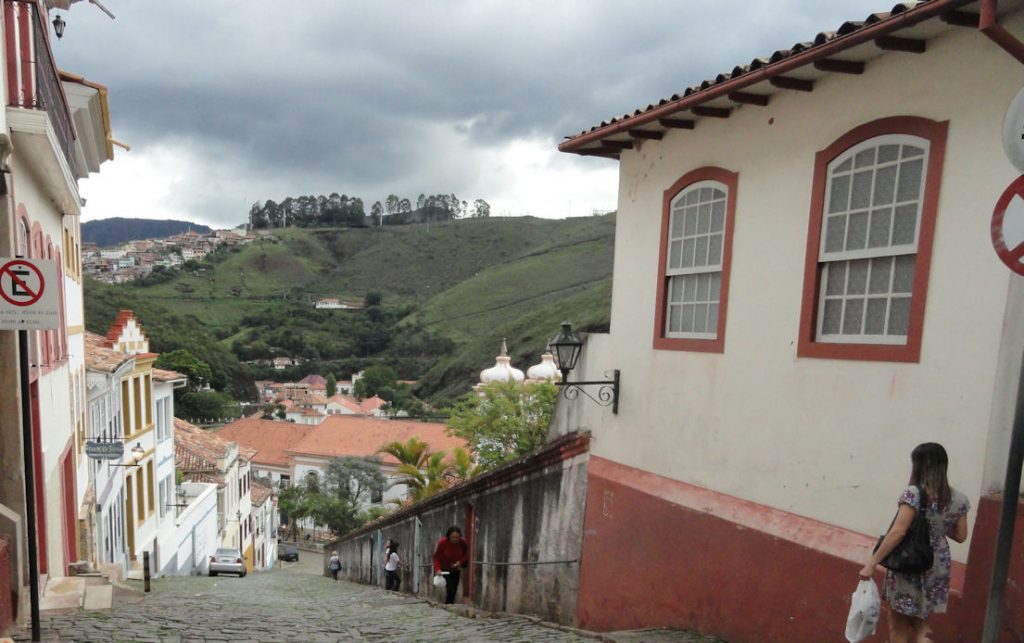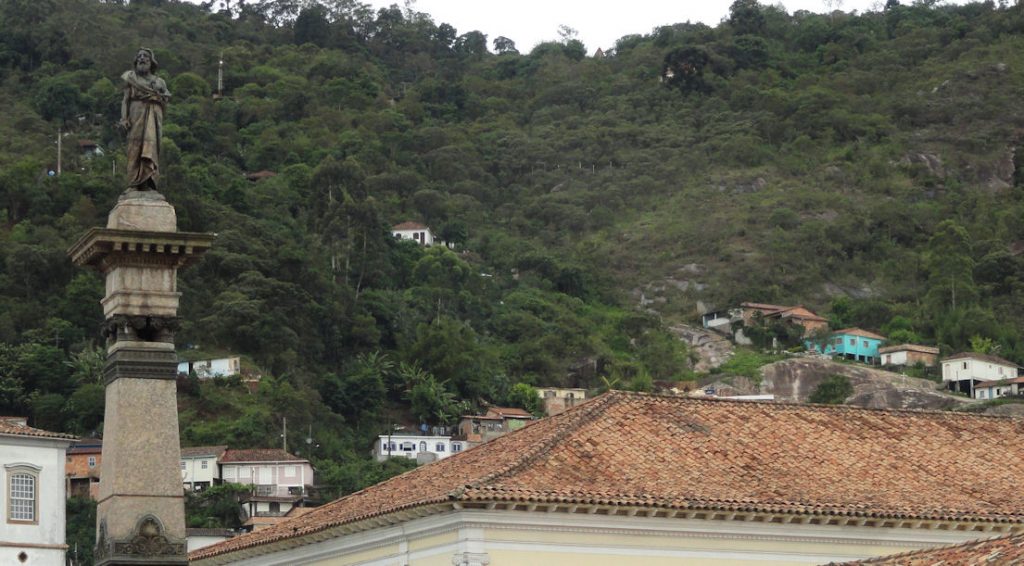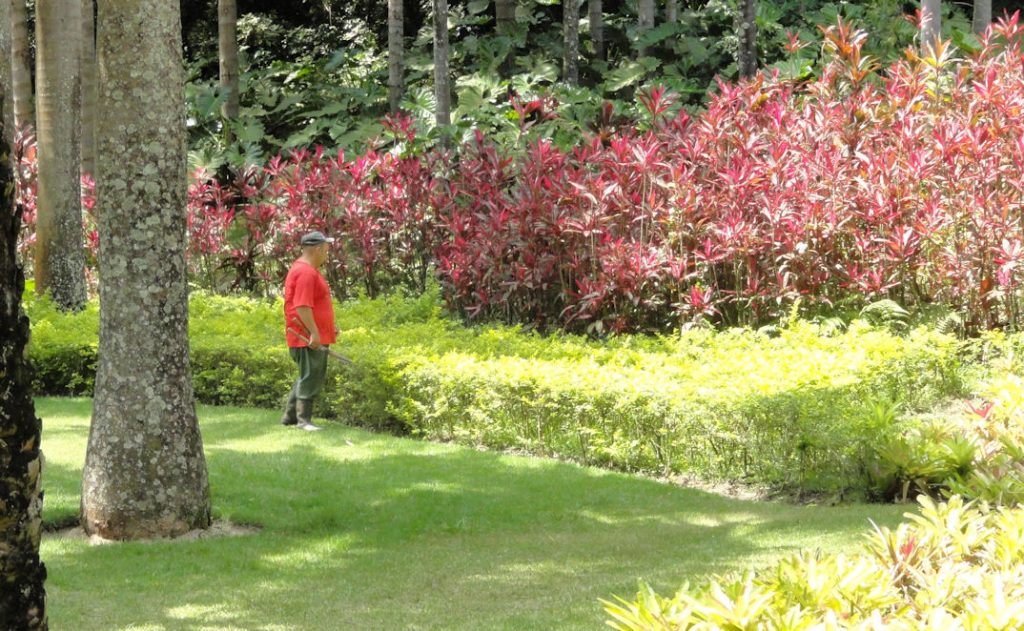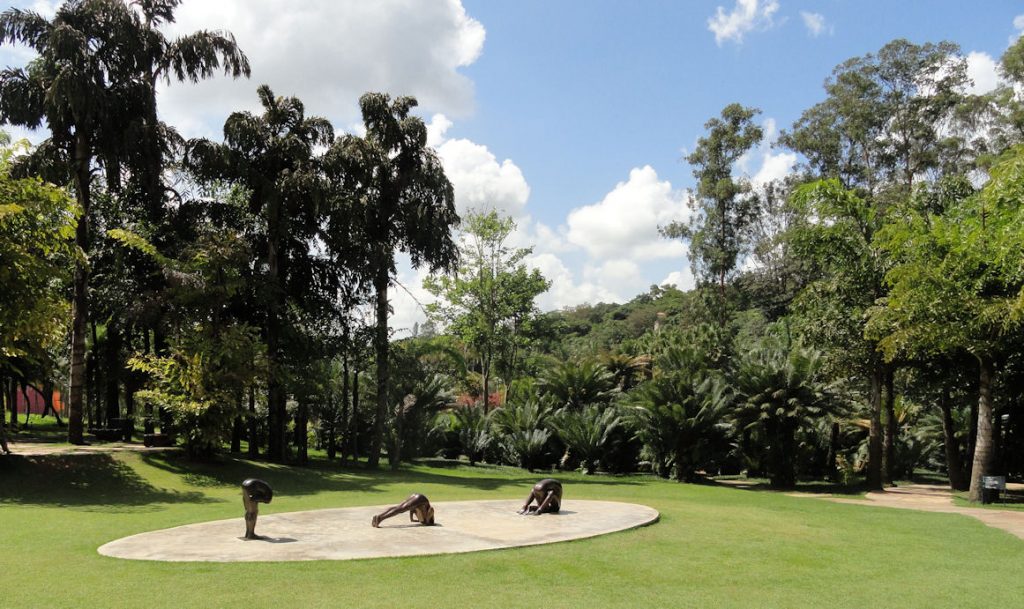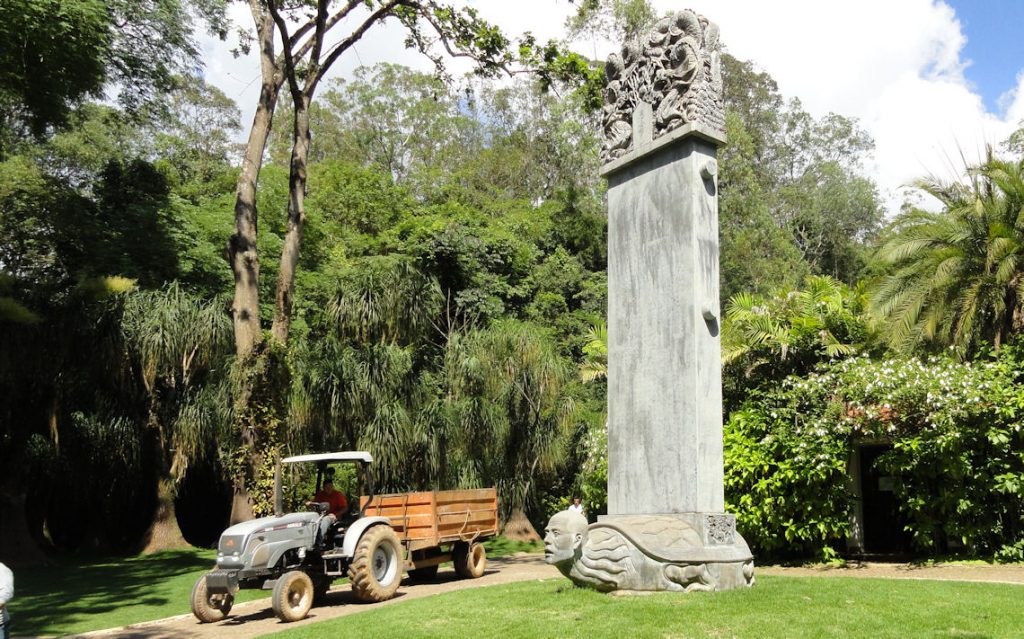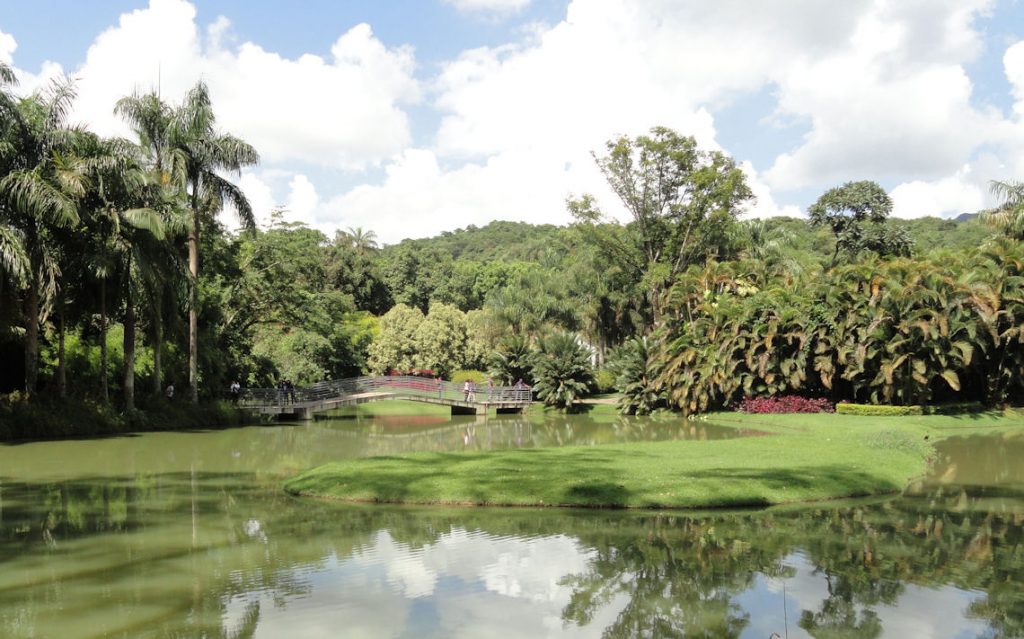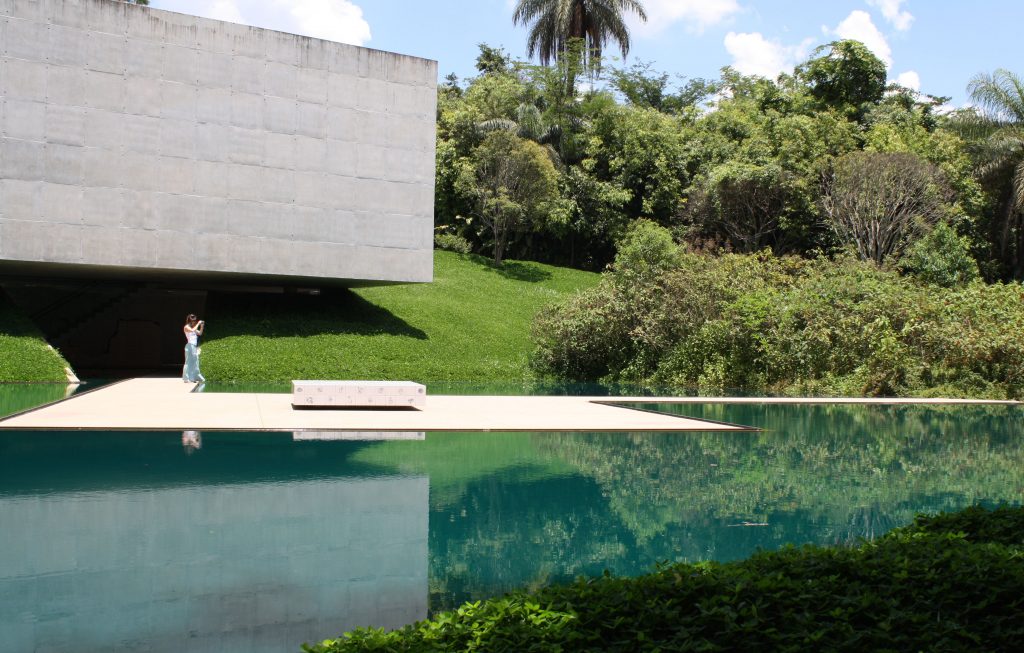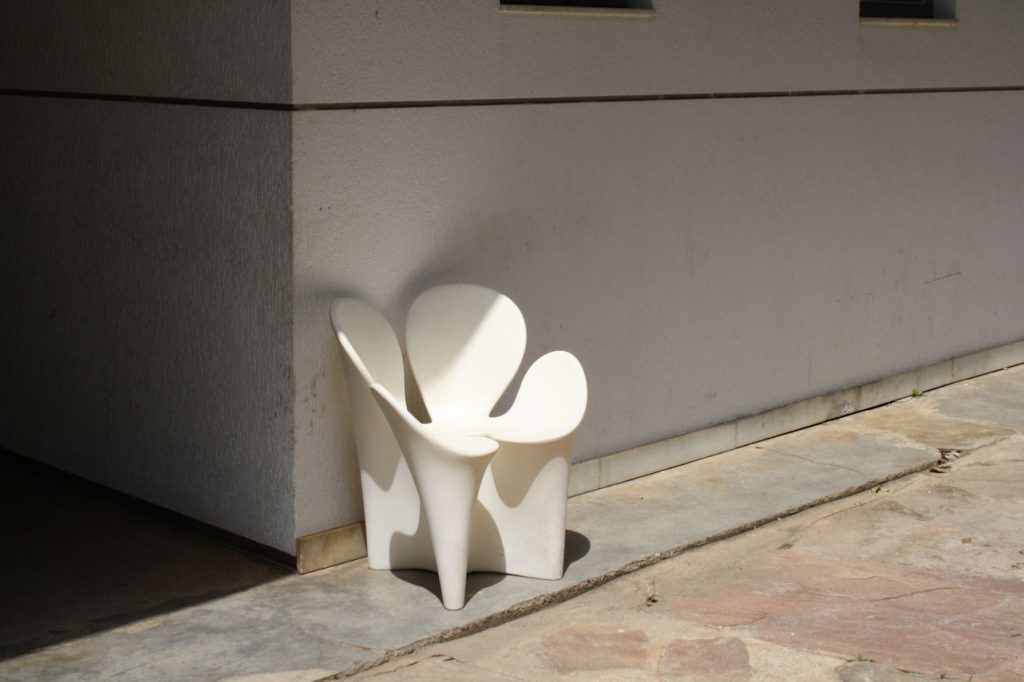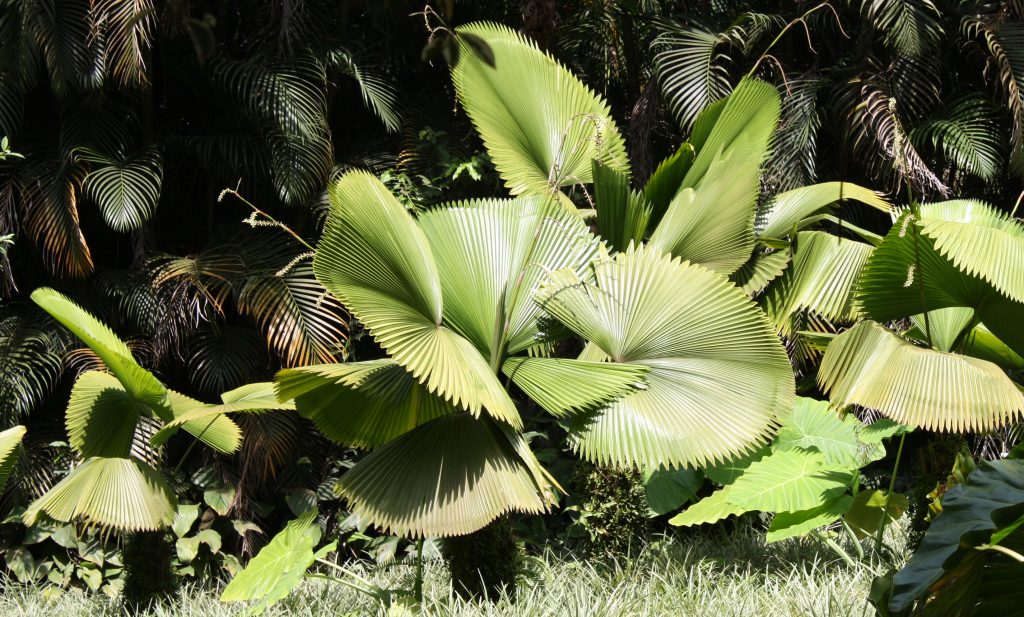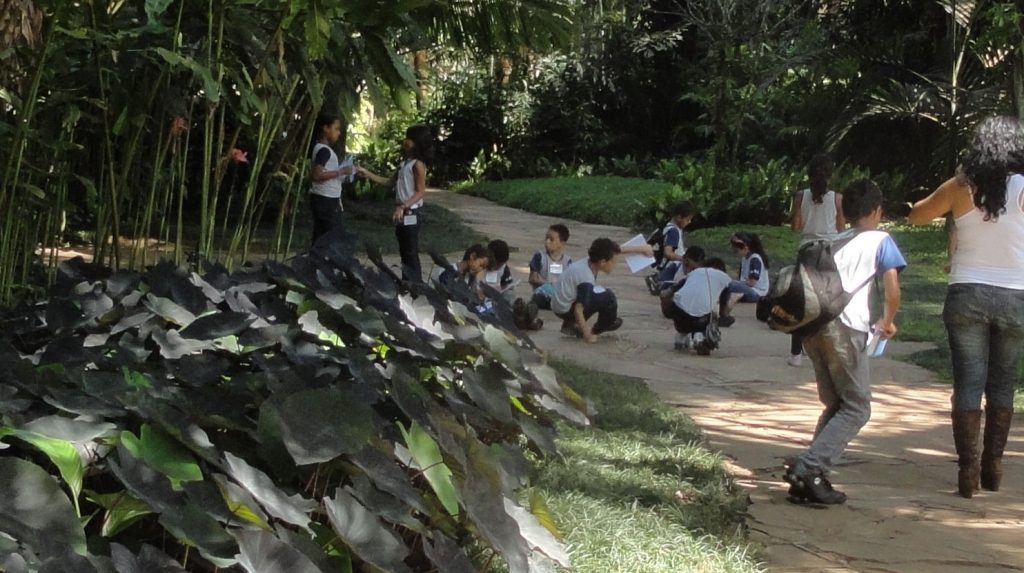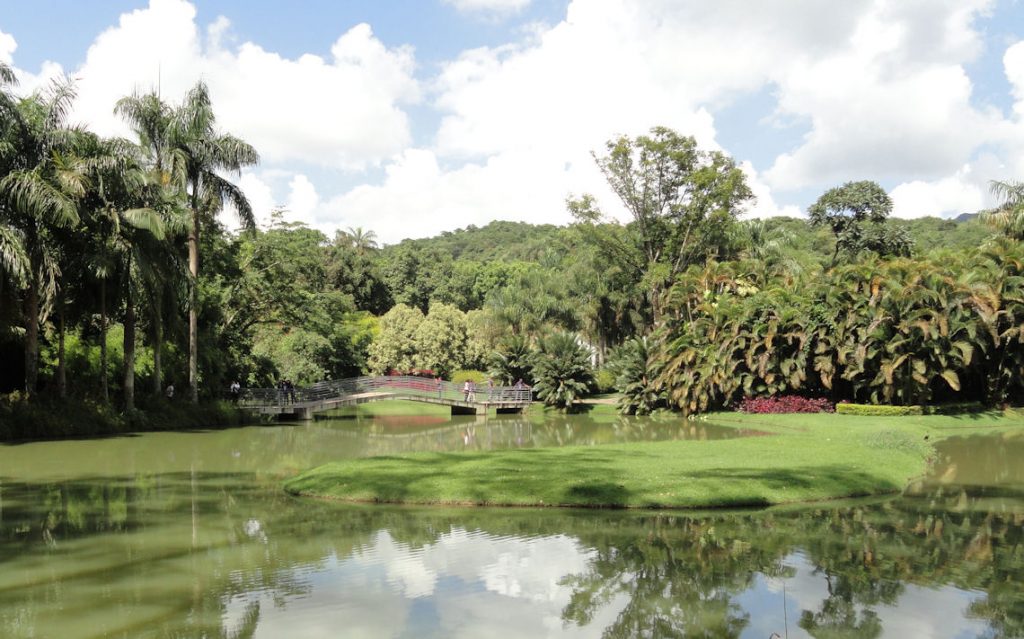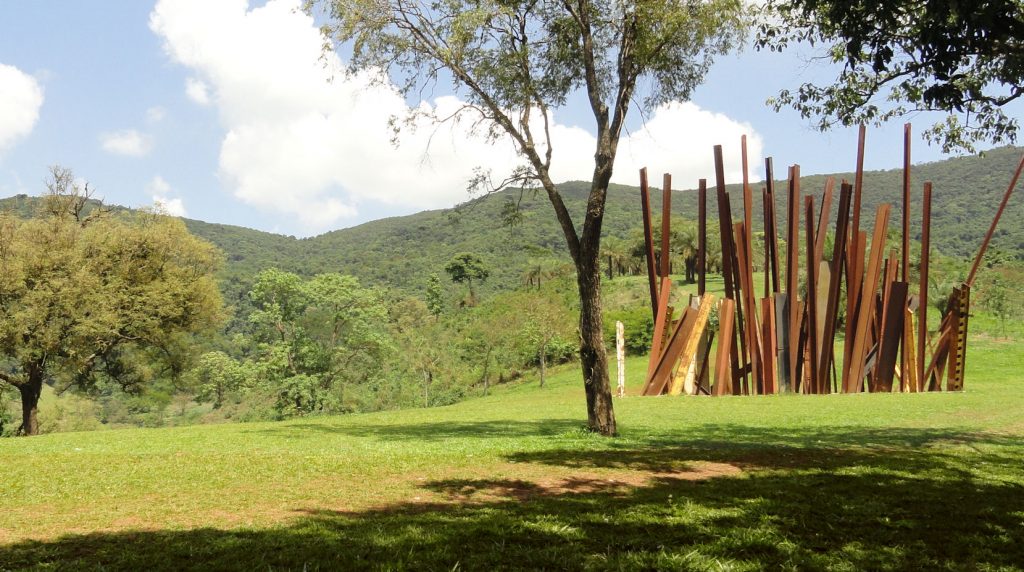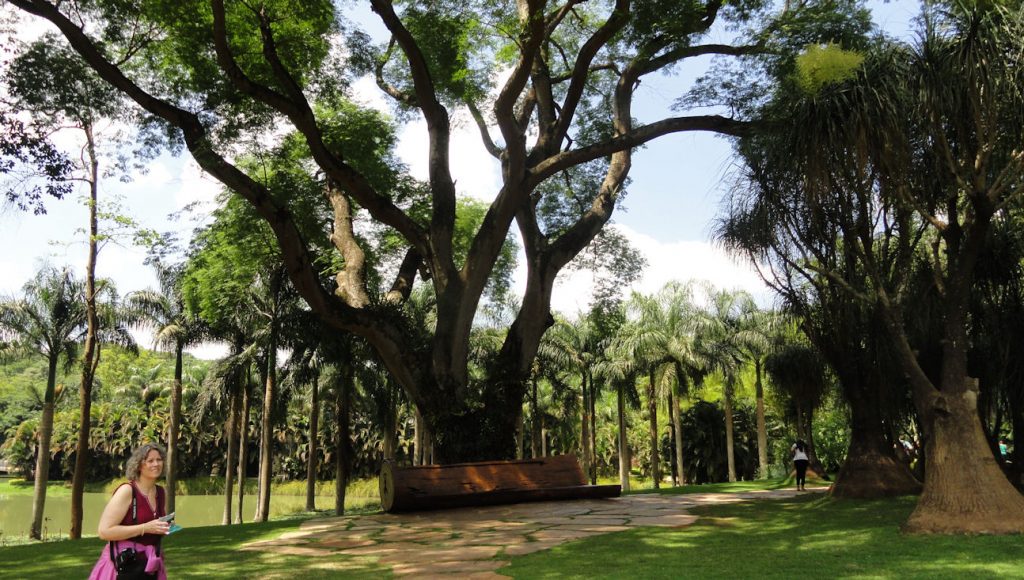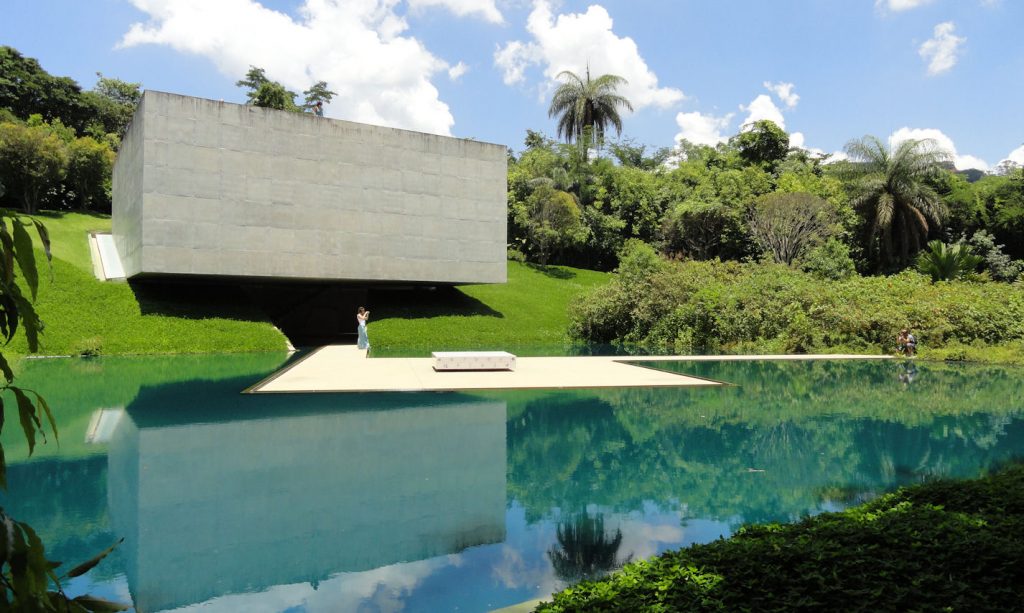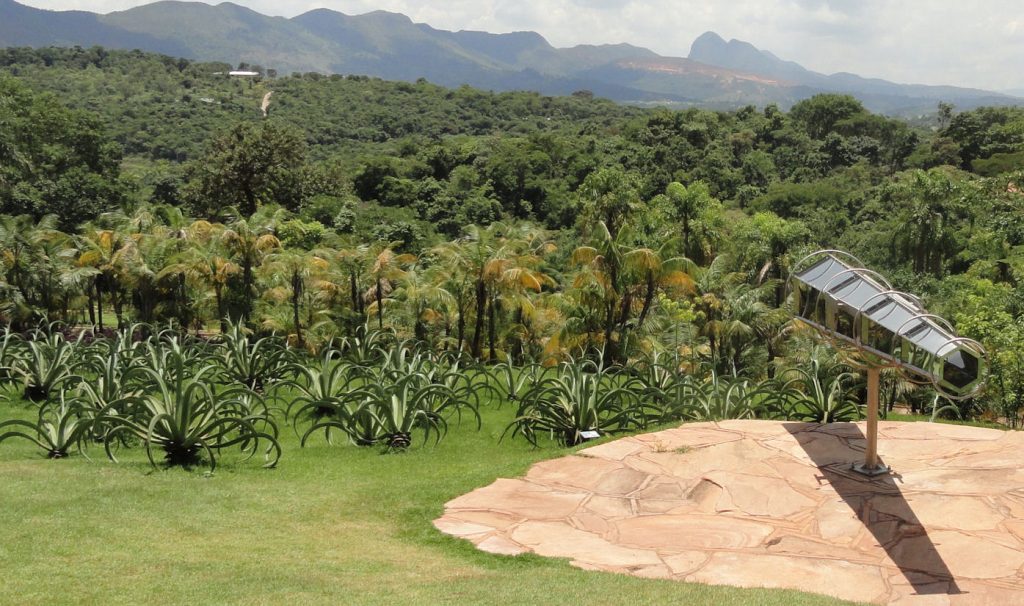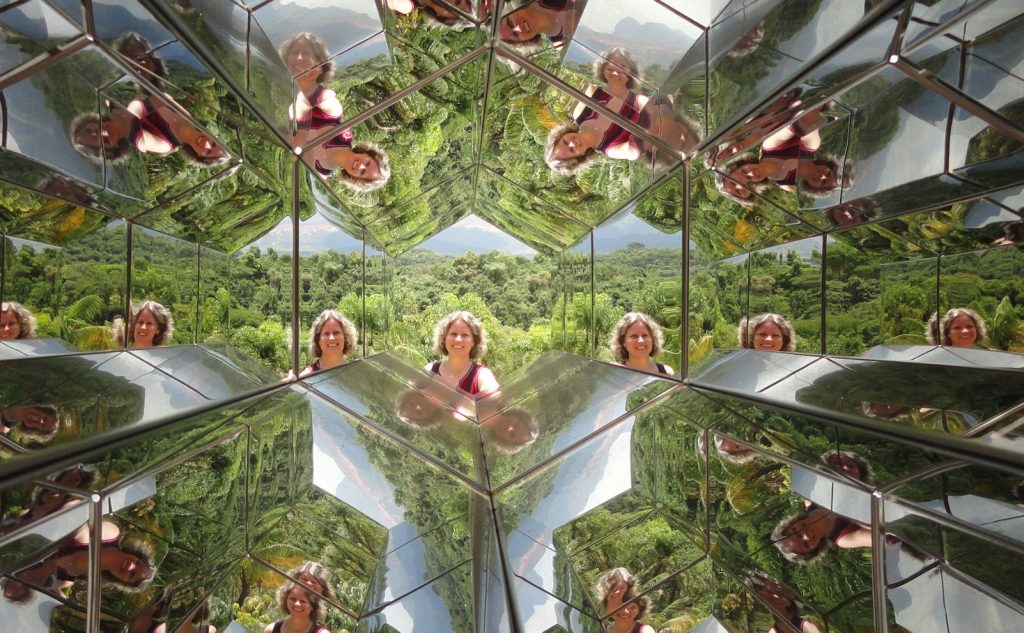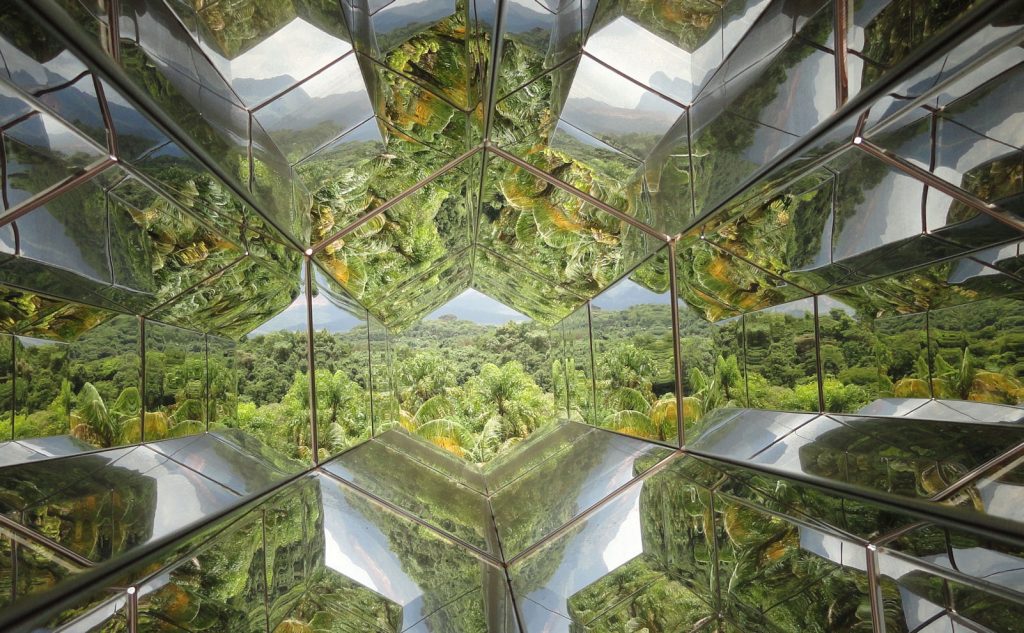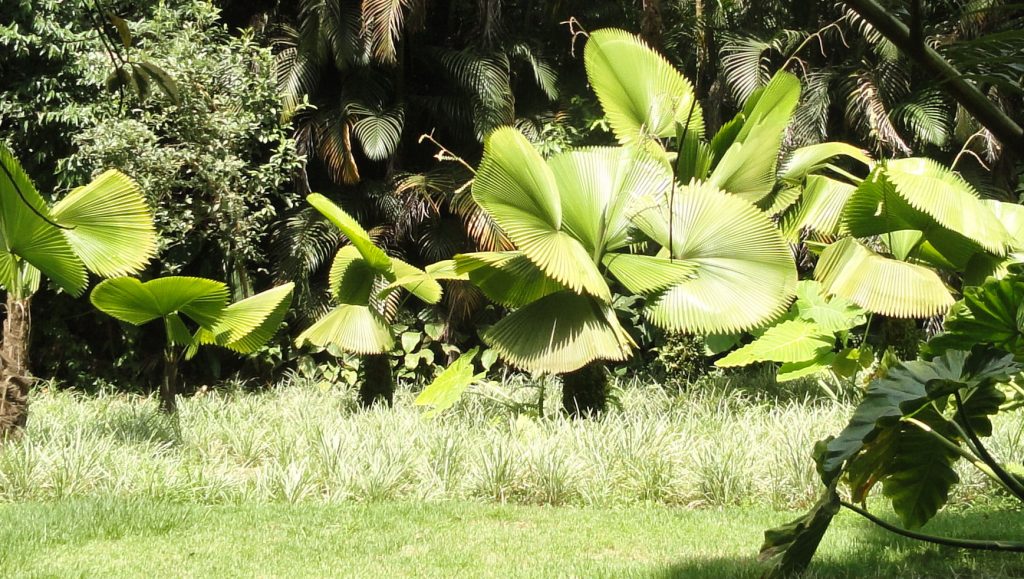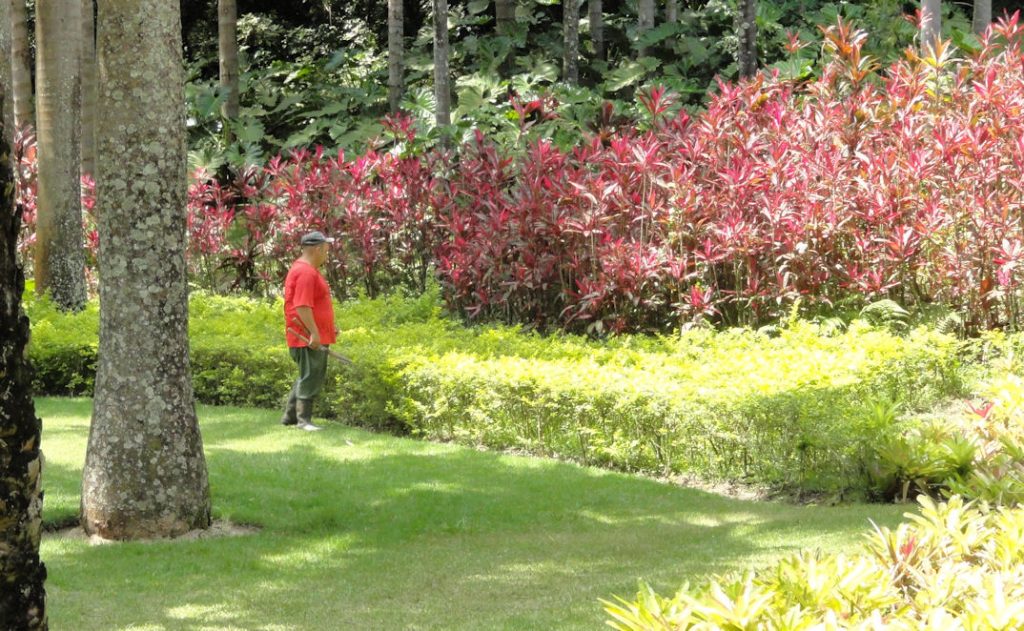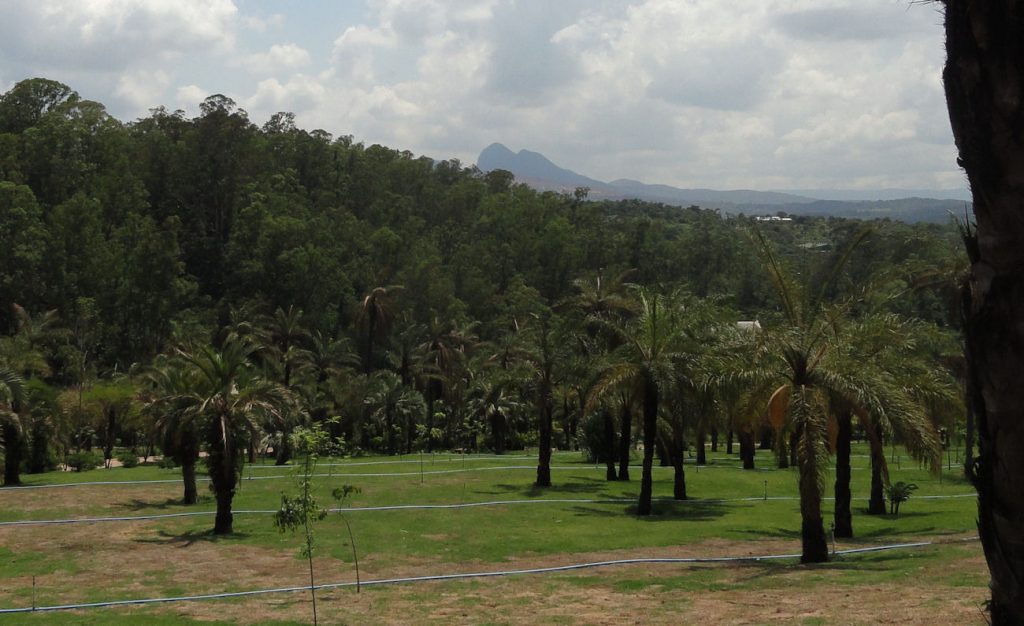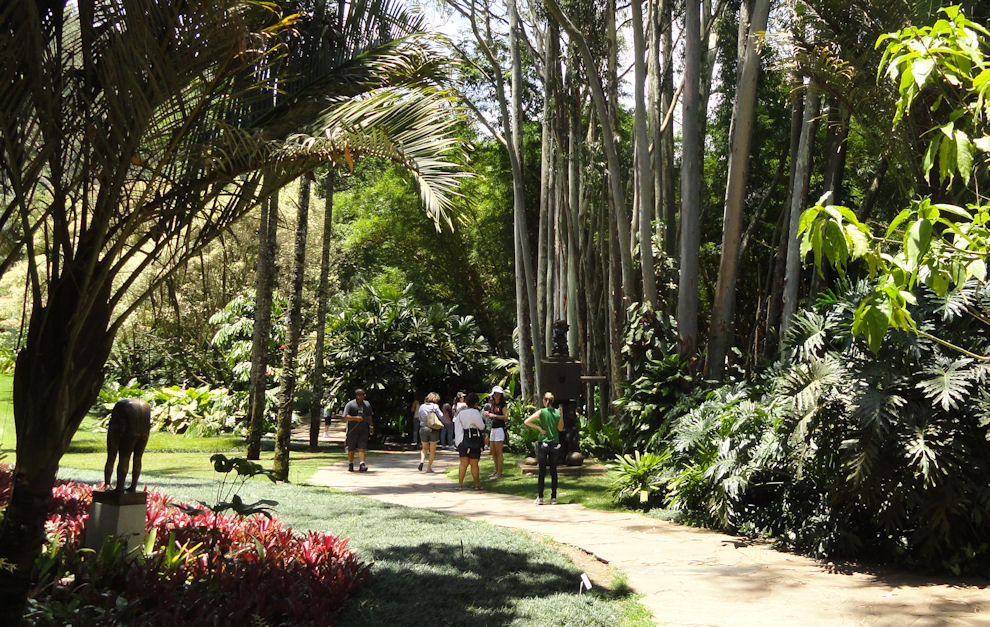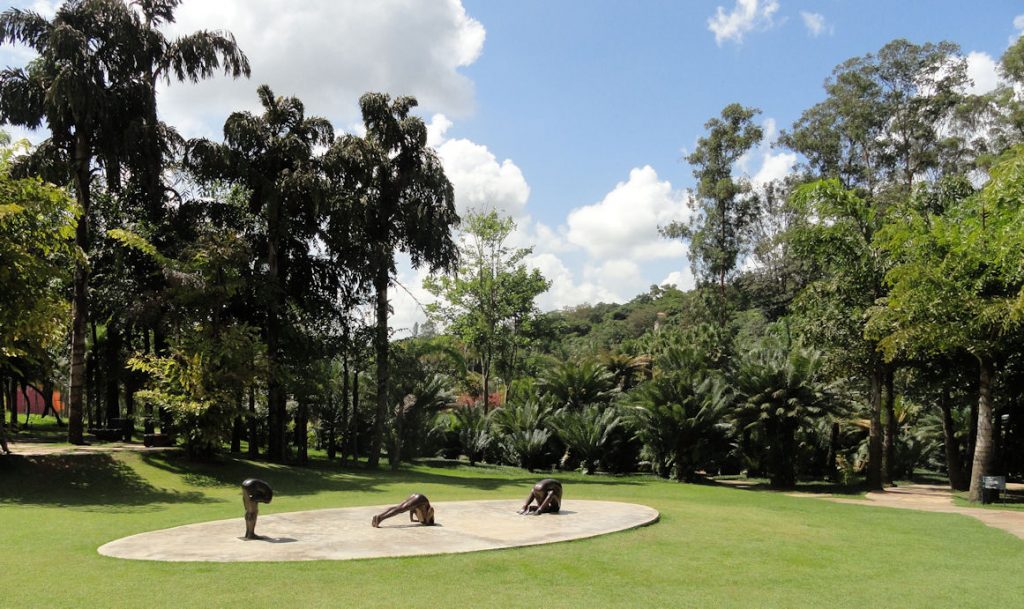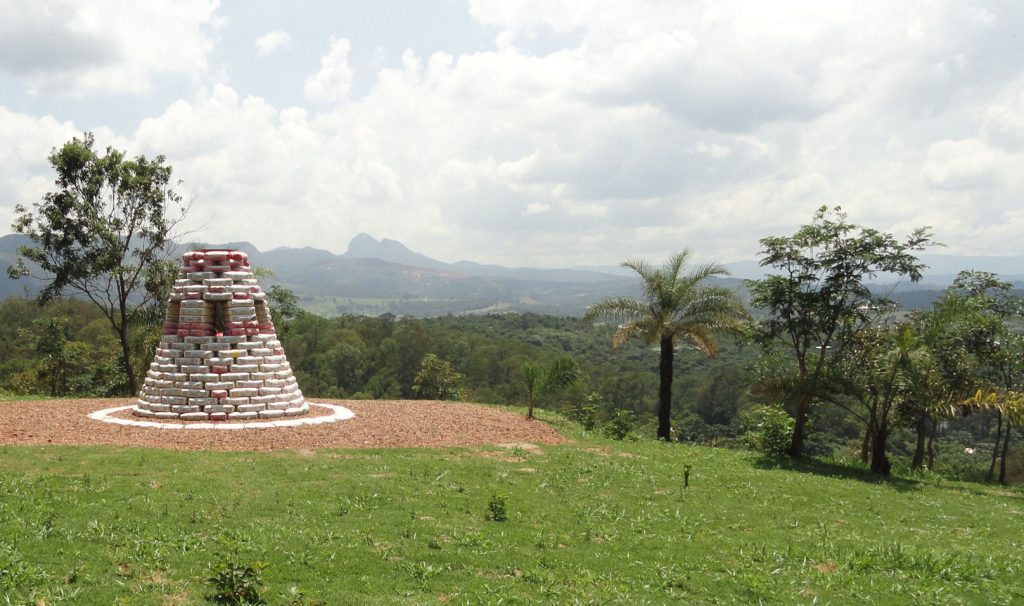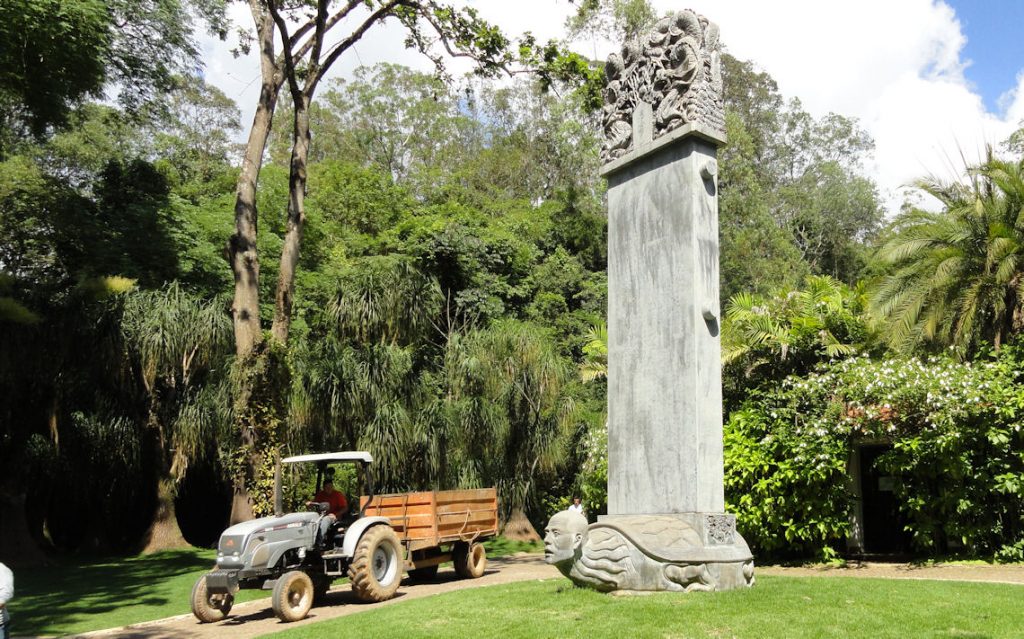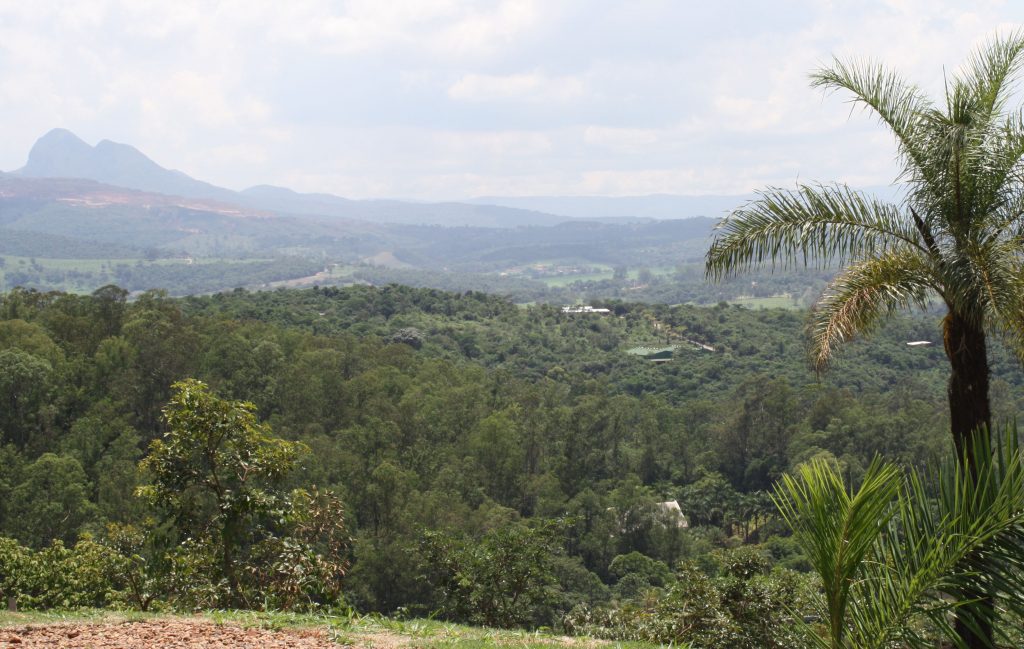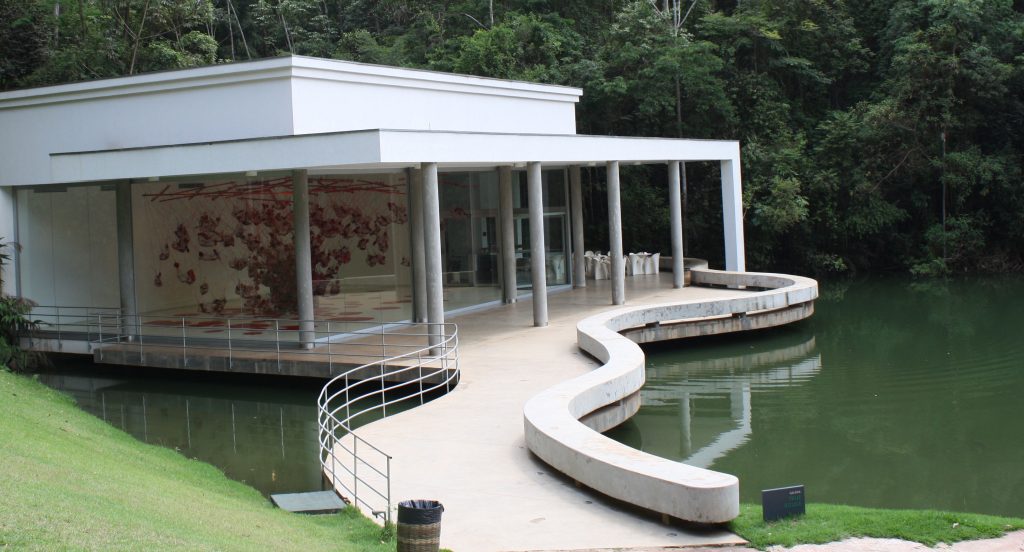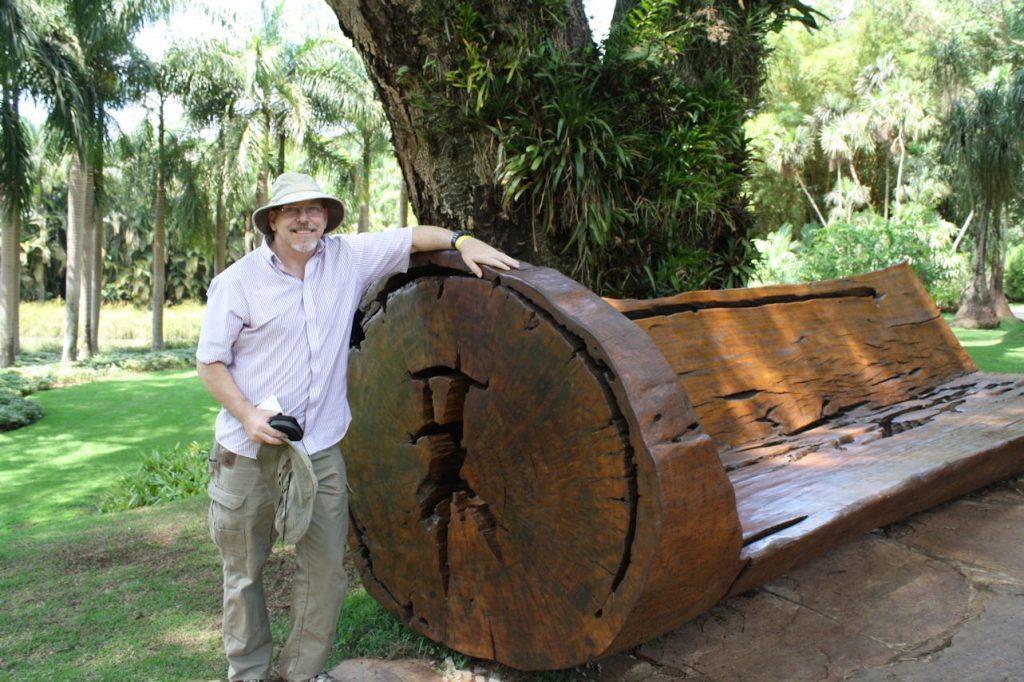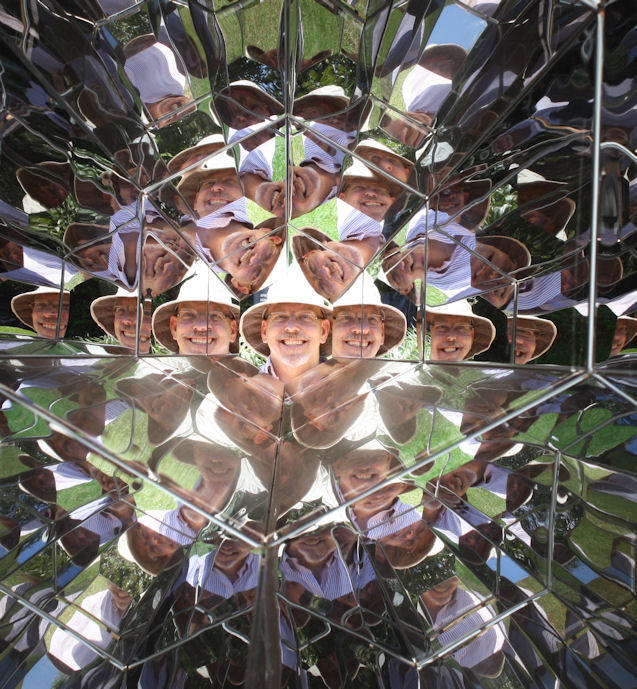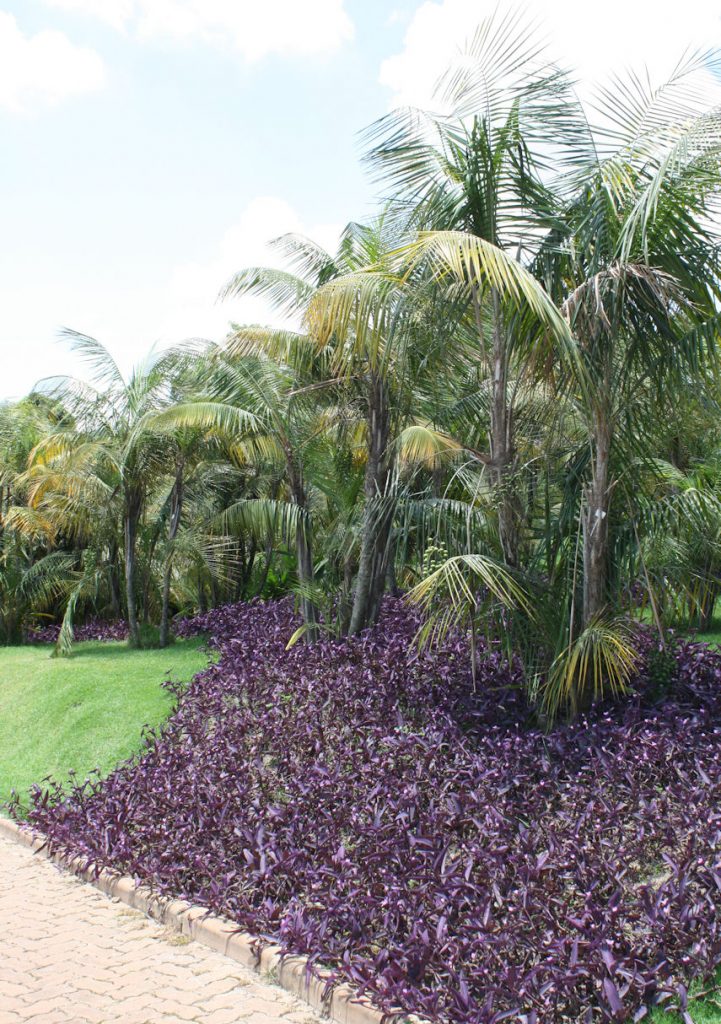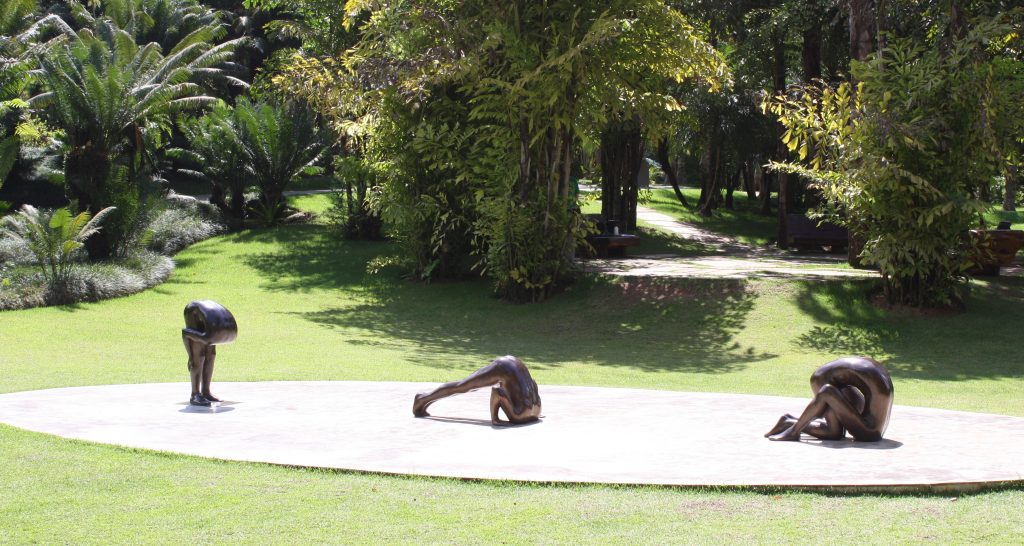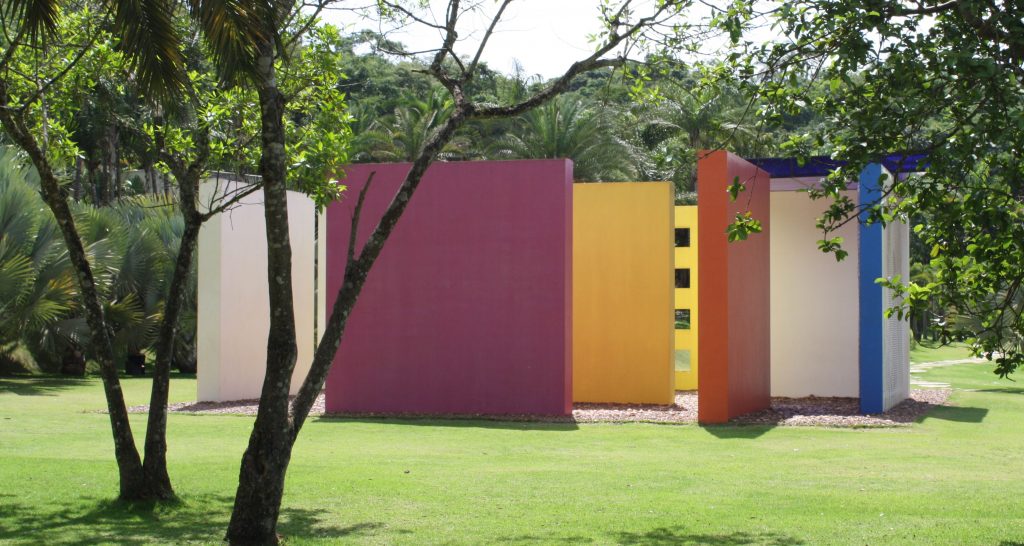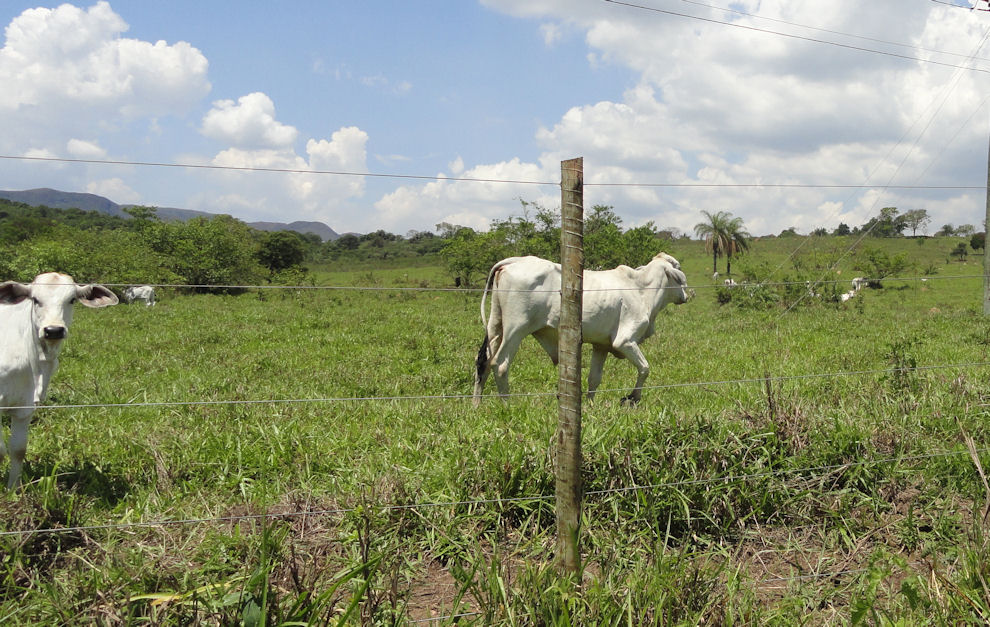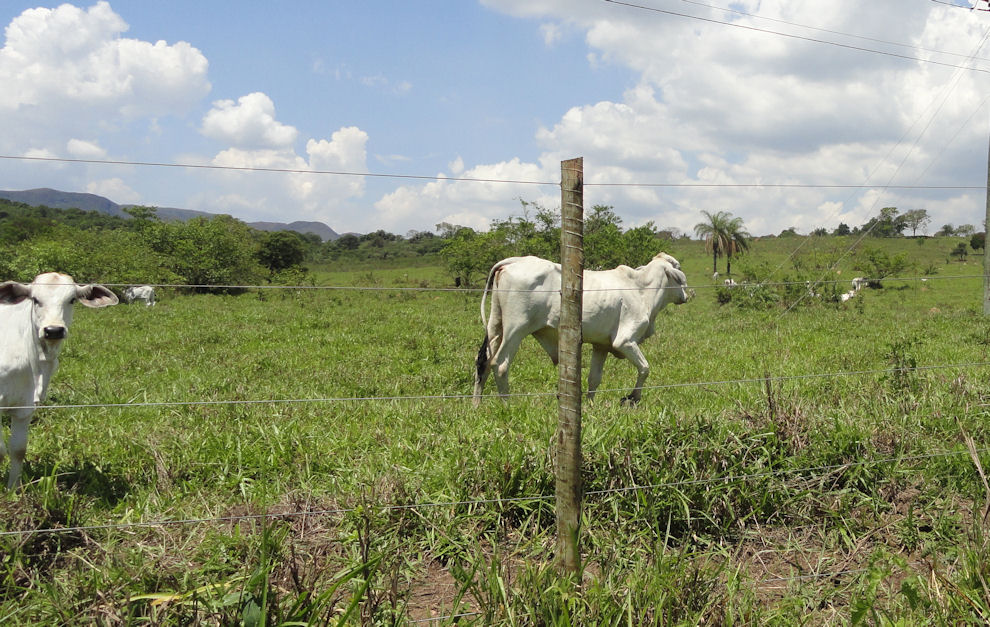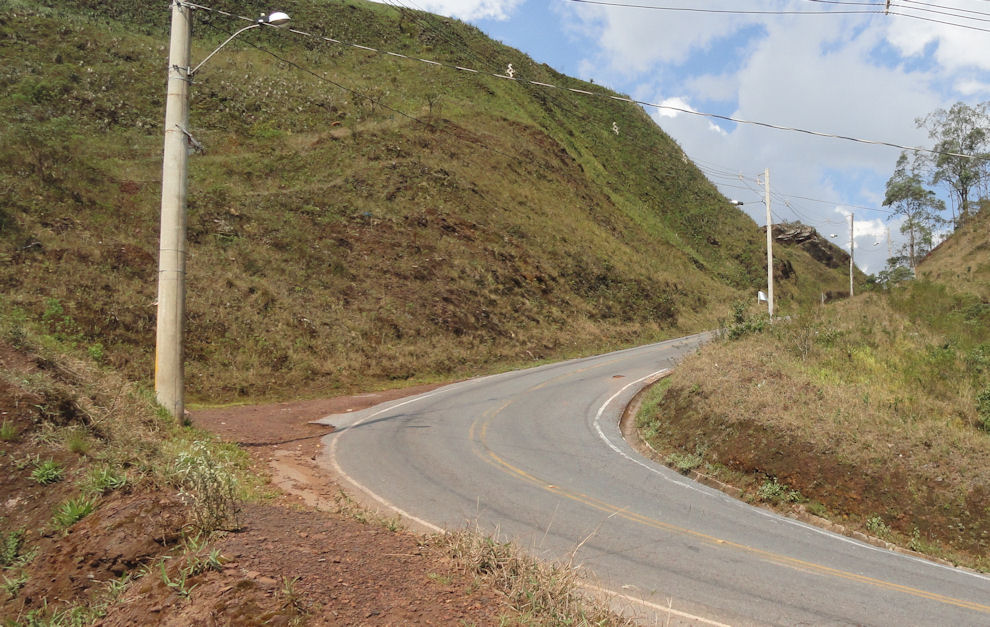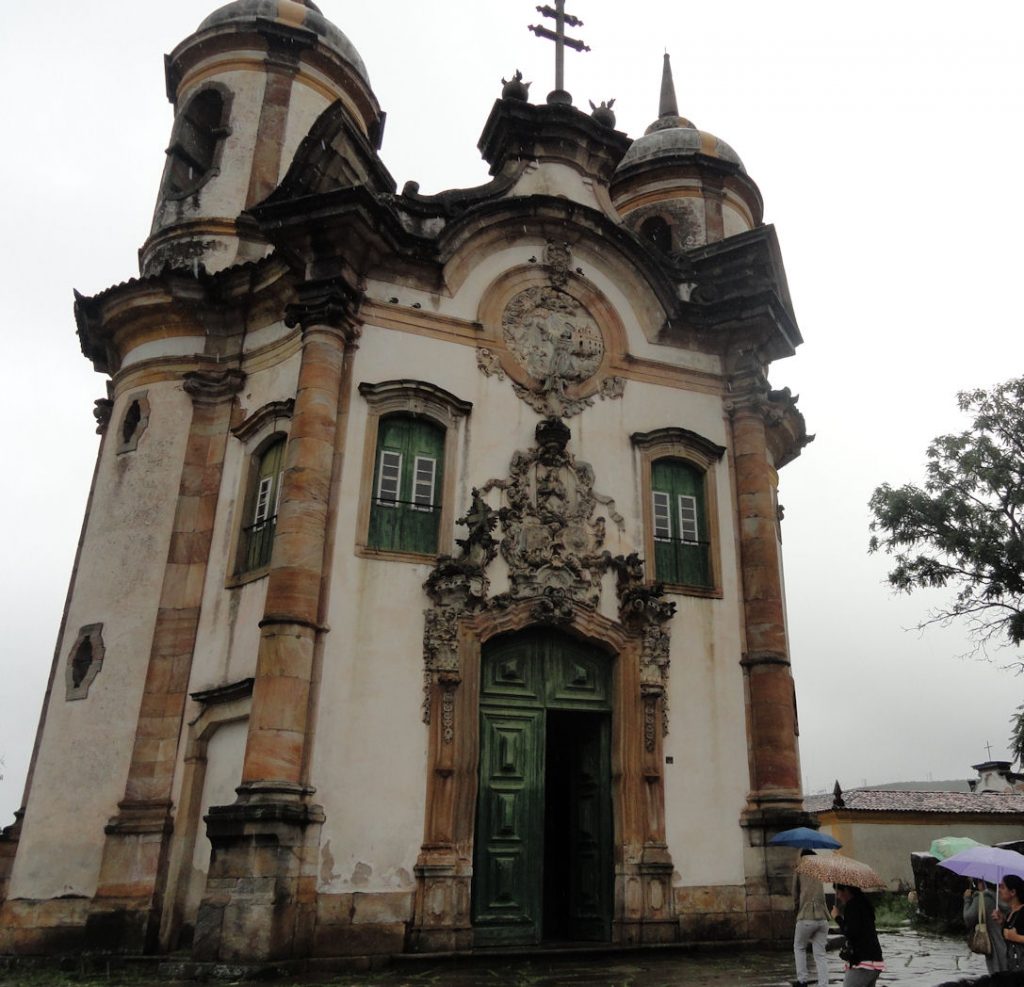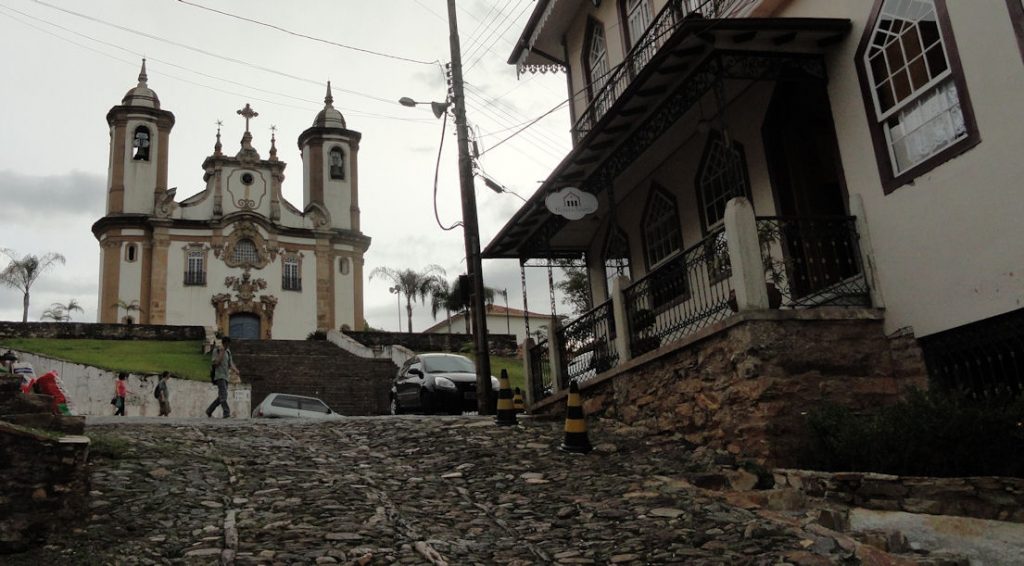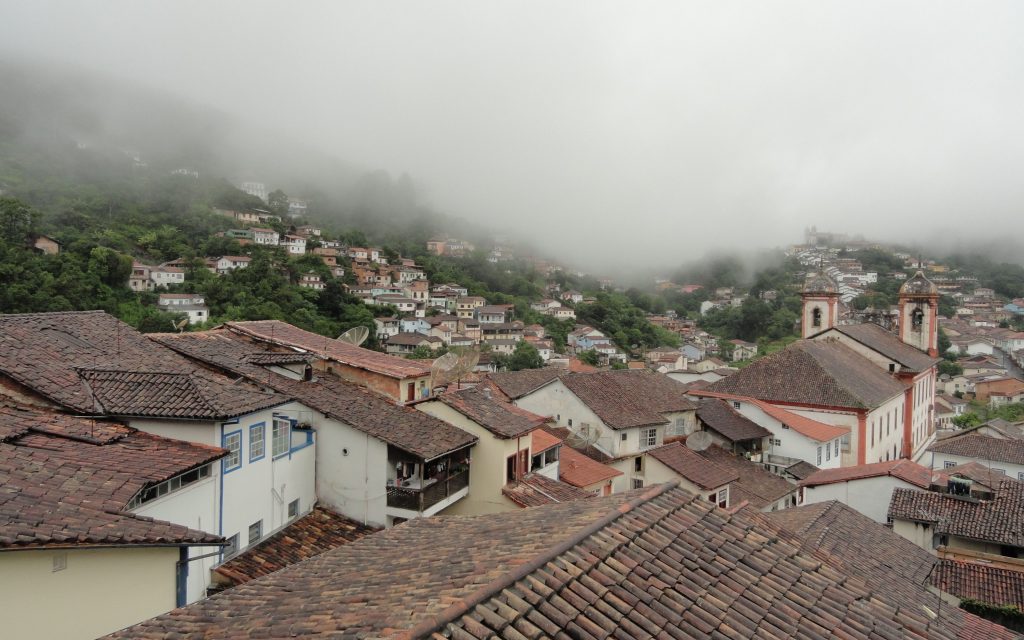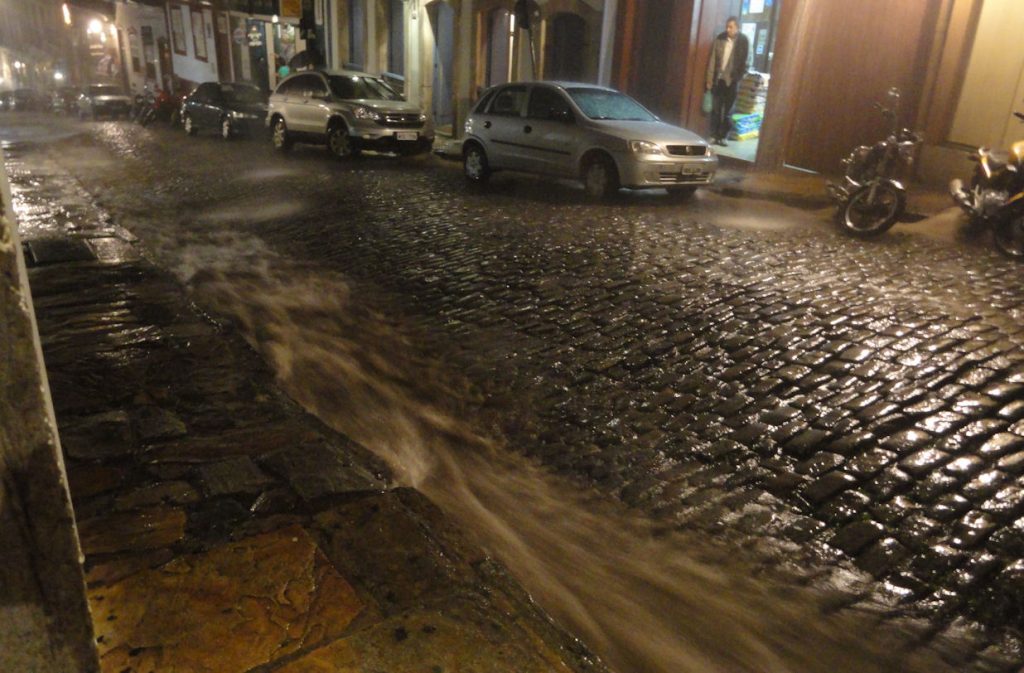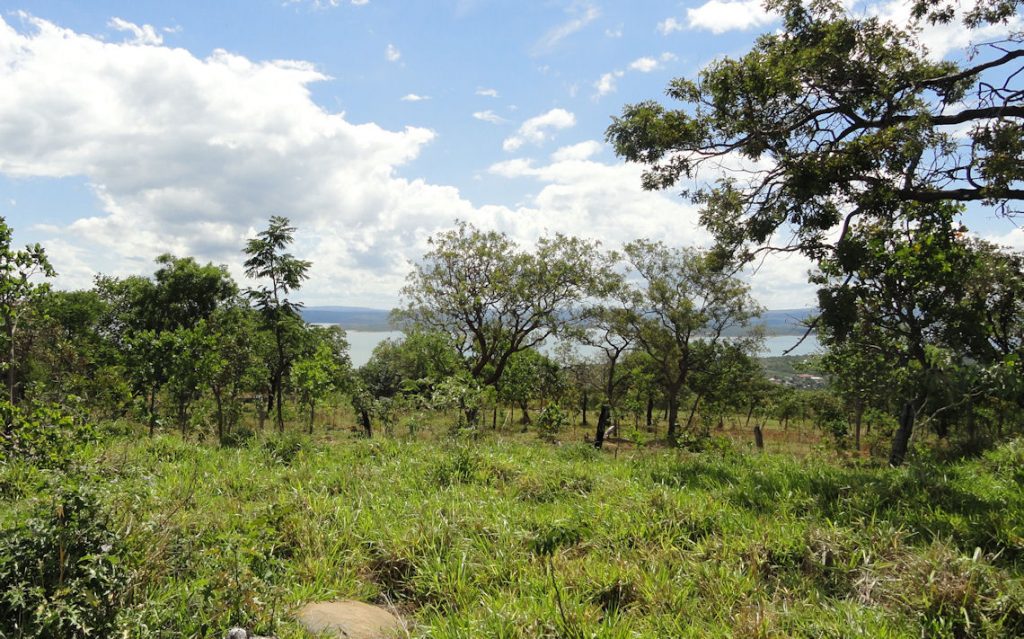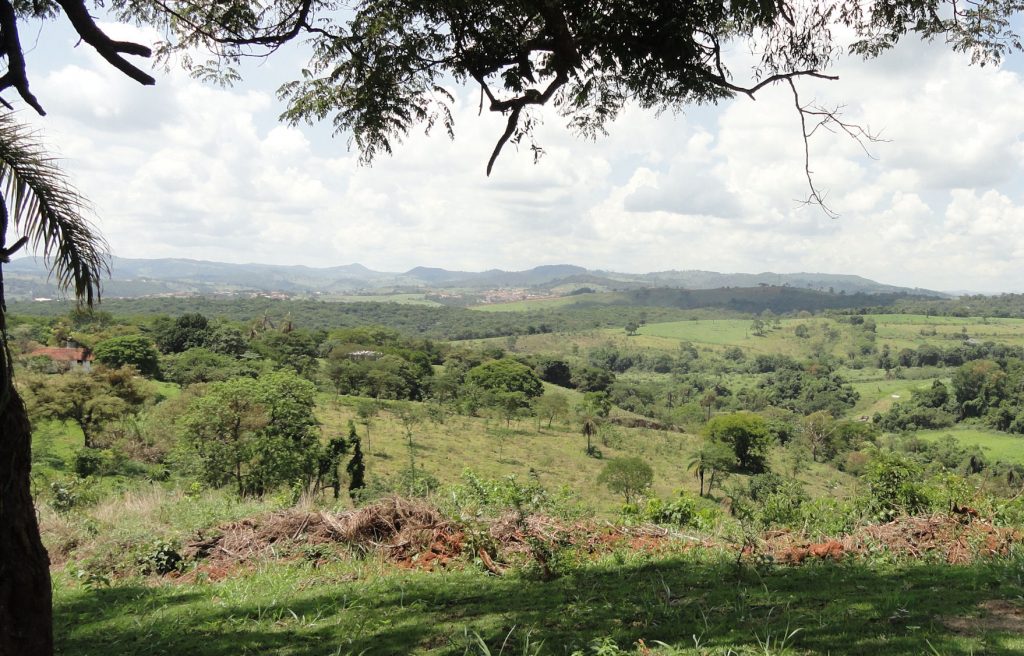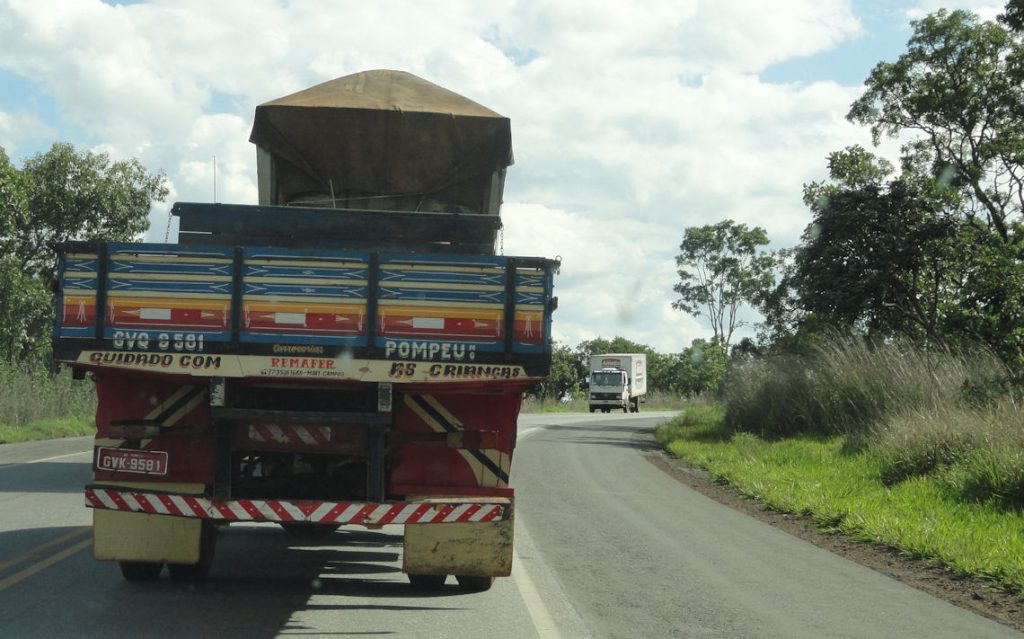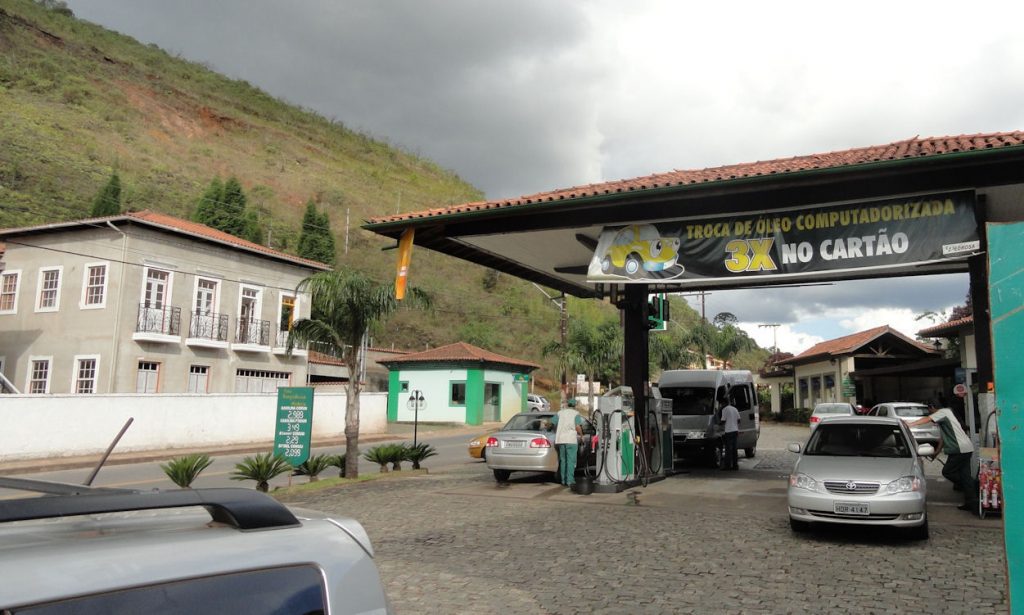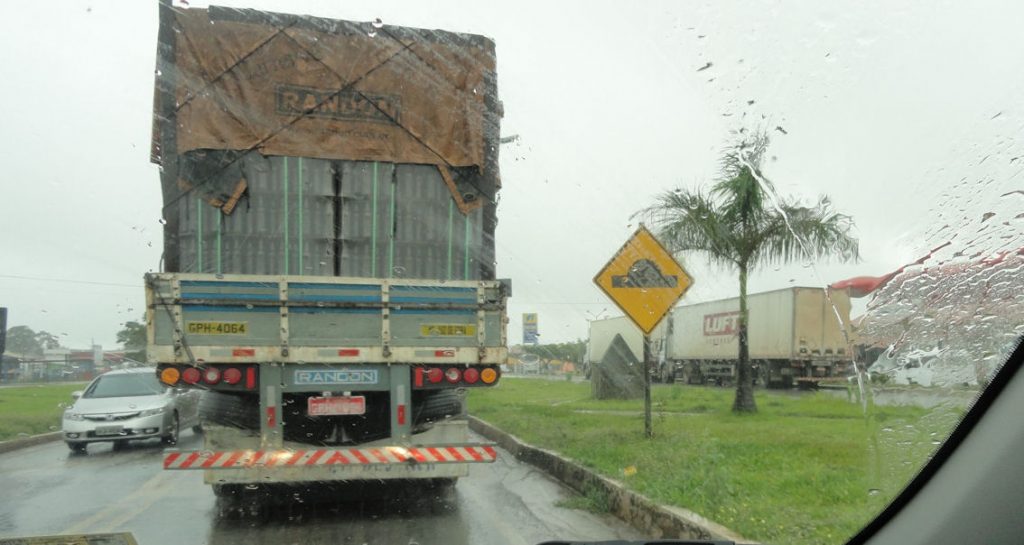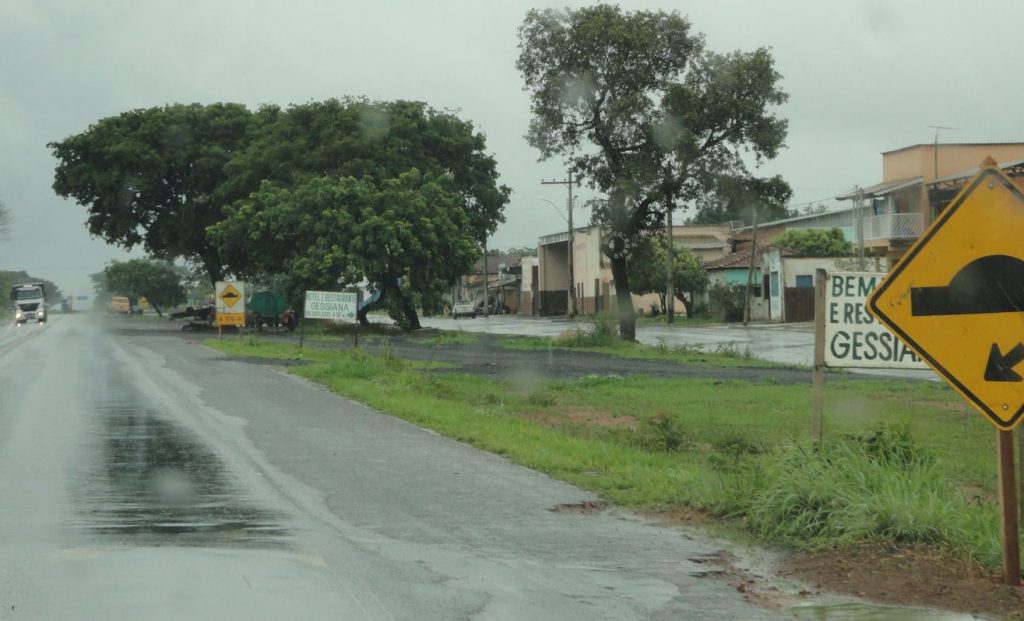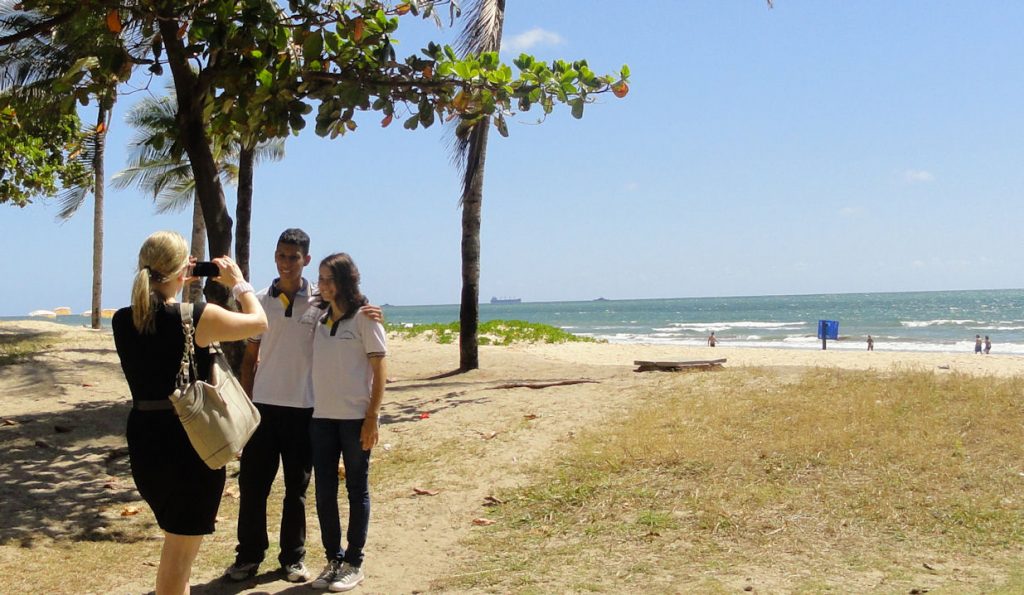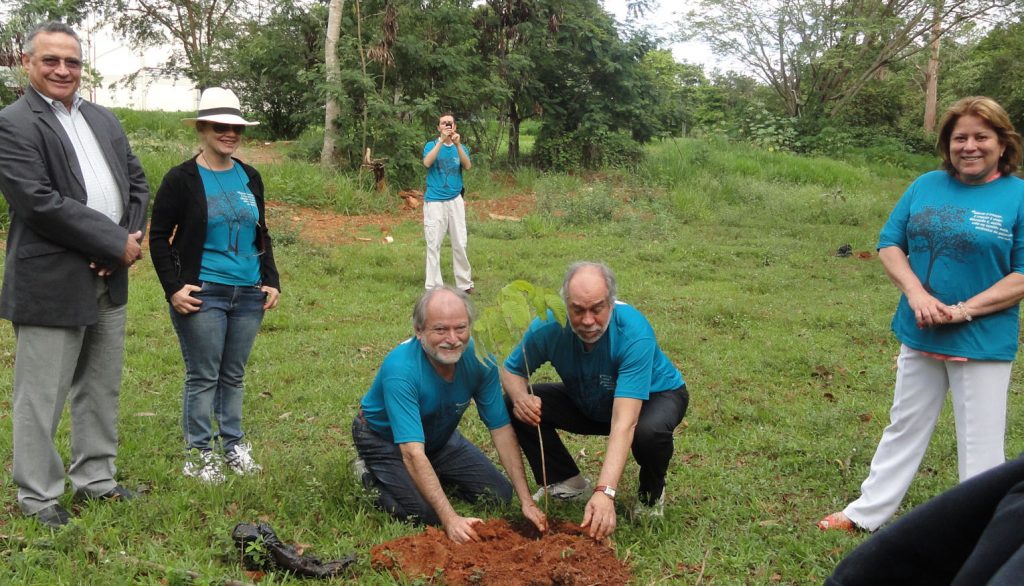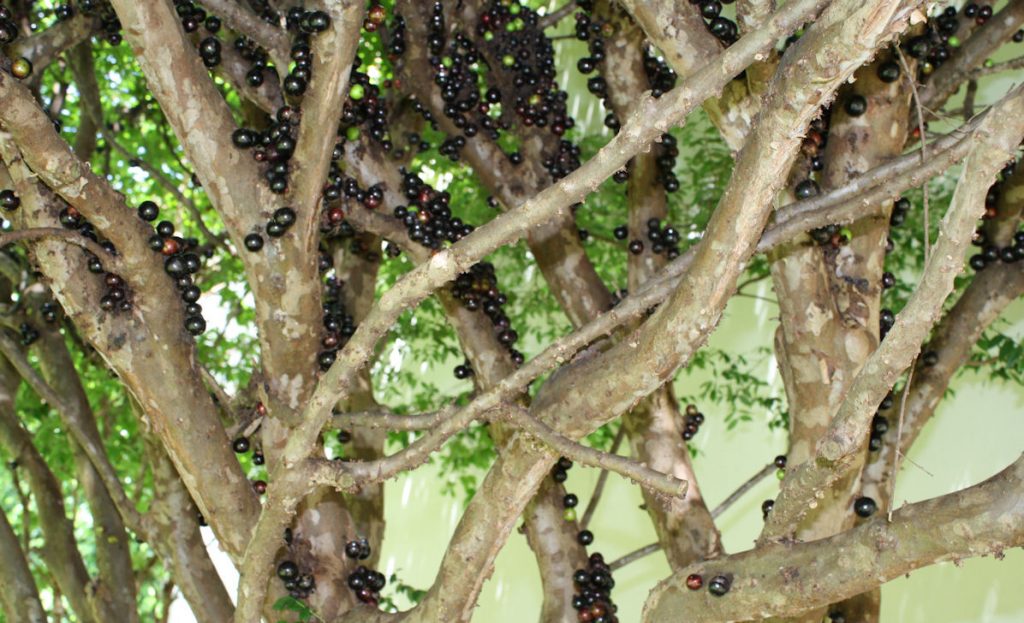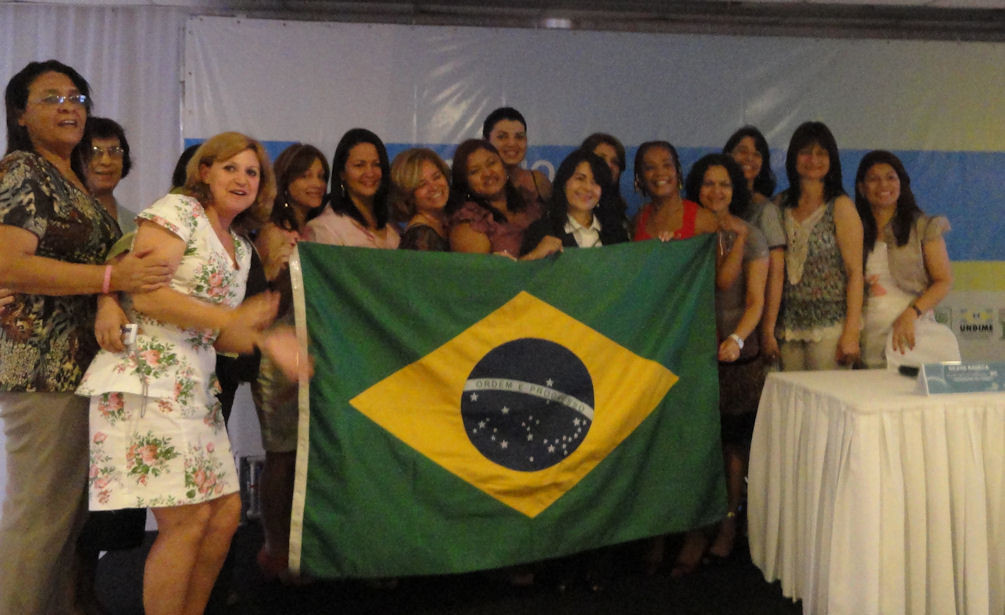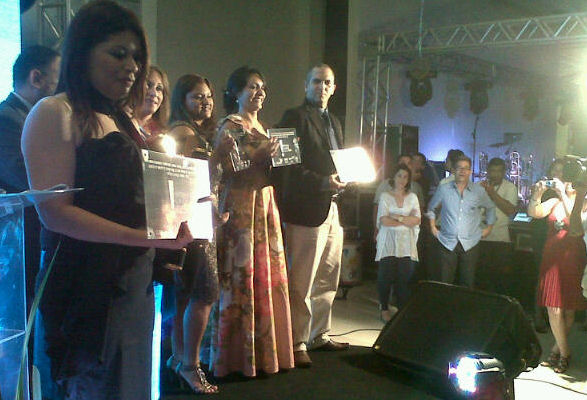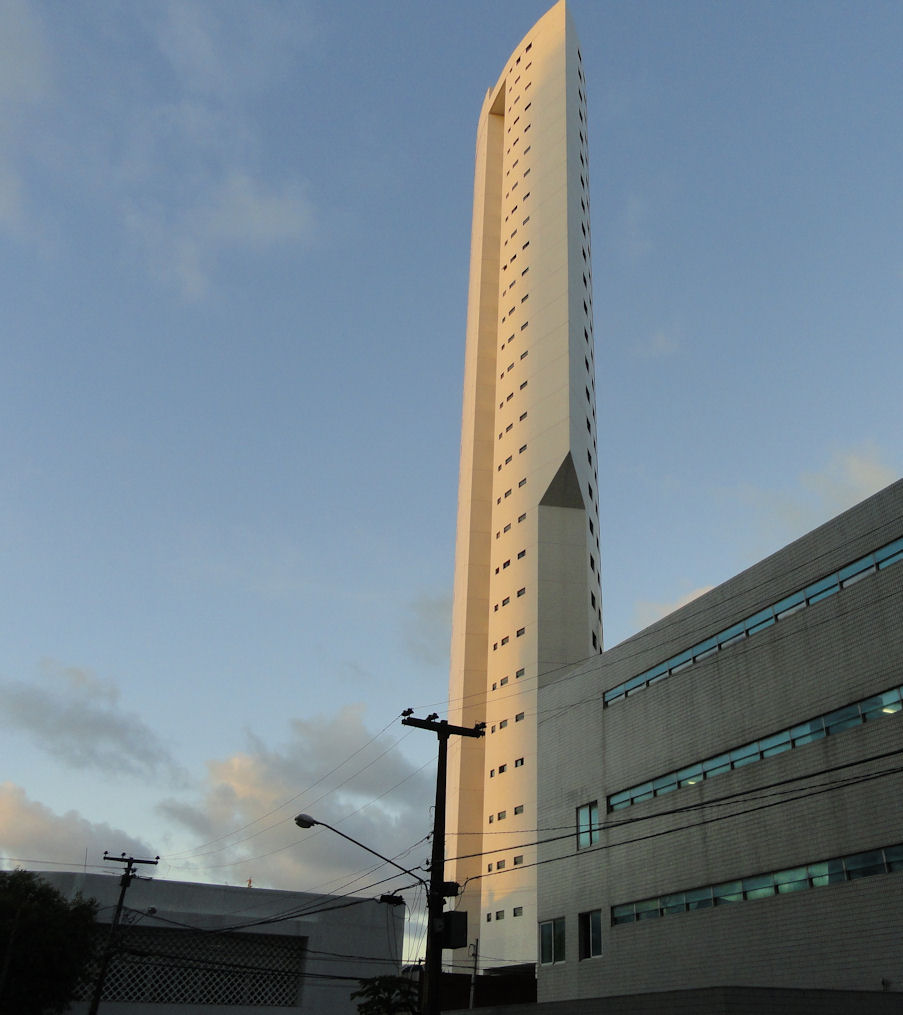The principals from each of the Brazilian states returning from their three-week programs in the U.S. come to one city on their ways home. They meet to share and report on their experiences and elect the Brazilian principal of the year. This year they went to Recife, so that is where I went too.
The principal of the year program is unbelievably good from my public diplomacy point of view. It is a Brazilian program that originated in part from a voluntary visitor tour in 1997. The principal of the year award for each Brazilian state and for Brazil as a whole was initiated in 1999. The Embassy sponsored exchanges with the U.S. in 2000 and the first group traveled in that year. It became a two-way exchange in 2004, when top American principals made return visits to Brazilian states. It is really a nation-to-nation (the American nation is greater than the American government) exchange. Principals from both sides see places that few ever visit.
The truly great PD aspect is that I – the PAO at the U.S. Embassy – get to moderate the debriefing and speak prominently at the award ceremony. It is a big Brazilian program. CONSED, the national Association of Secretaries of Education, owns it. Yet we are a big part of it. Also present at the events are state secretaries of education from around Brazil. So we are talking to the best principals plus the leaders who make educational policy around the country.
It doesn’t get any better than this in the Public Diplomacy world. And it has been going on for more than ten years.
The Brazilian principals divided into nine groups, clustered by where they went in the U.S. Each group reported on what they saw and their impressions. They went all over the place, from rural South Carolina or Virginia to urban Chicago and Brooklyn. American is a very diverse place and the challenges in Anoka, Minnesota or Poulsbo, Washington are not the same as in Chicago or Cleveland. But America, despite its size and diversity, shares many similarities, at least as seen by our Brazilian friends.
One of the things that impressed the Brazilians was the same thing Tocqueville saw. Americans are involved in ways beyond their government. Our Brazilian friends were impressed by the amount of parental involvement as well as how much community organizations contributed to schools.
There are other differences. The Brazilians commented that American school days are “integral.” This could be a confusing concept unless you knew that Brazilian schools tend to run in shifts, with different grades rotating in and out from early morning to evening. Brazilian educators tend to believe that a whole day school is better. It makes sense to me too. The Brazilian school shifts seem a bit rushed. Nobody really has a home. The same goes for teachers. Our Brazilian principals expressed surprise that most American teachers have their own classrooms and the kids move. In Brazil the teachers are the ones who move. This leads to a kind of transience that hurts discipline.
There are lots of criticisms of American public schools, but to hear the Brazilian principals’ report, we are doing just fine. The schools the Brazilians visited are not chosen because they are “the best” and we do not try to sanitize their experience. But the schools are self-selecting – they have to apply – and have to possess conditions to host guests. I think this de-facto selects the best, or at least eliminates the worst. It is also likely that the better parts of the schools are those that interact the most with foreign guests.
Some American public schools are excellent; others are very good. Of course, some are bad and others are horrid. Often these diverse & contradictory conditions exist in the same district or even in the same school. Perhaps it is like the old story about the blind men and the elephant. Reality will vary.
I got to moderate the discussion by the principals, as I mentioned. I tried to say as little as possible, so as not to overtax my Portuguese but also to hear more of what they had to say. I was proud to hear report after report praising our American public schools, but a little conflicted, as mentioned above. Were the Brazilians just being nice or did they see something in American public schools that we missed?
Let’s think about it from the point of view of someone trying to improve. You certainly should try to avoid mistakes, but you can probably improve faster if you concentrate on the positives. So if I was a Brazilian principal, I would be looking for the good things that I could copy or adapt to my own conditions. The same goes for the American principals who will be paying a visit to Brazil in a couple of months. You don’t need to concentrate too much on the negatives, except to avoid them. And if you don’t have them in your own country anyway, what does it matter?
We had an evening program where the principals got their award certificates and recognize the Brazil-wide principal of the year. Principal Adriana Aguiar from Gurupi in Tocantins won. It was a real show of solidarity, with the Secretaries of Education giving the award (certificates of excellence in leadership and management) to those from their states. Some states had big cheering sections. I noticed particularly Amazonas, Santa Catarina and Rio Grande do Sul brought big teams. I got to give out the plaque that will go on the school. It was great seeing the excitement and enthusiasm and getting to be a big part of it.
Of course, I understand that I am just a symbol of the United States, but I can accept that. The real rock star is our Brazilian colleague Marcia, who is known and loved by the principals and the people at CONSED. She was doing this before I arrived and will (Ihope) continue after. Our local colleagues are the real source of public diplomacy success. They are a resource we often take for granted and sometimes fail to sufficiently appreciate. All public diplomacy, like all politics, is local and they are our local connection.
The pictures show the ceremonies and awards. The building is one of many tall skinny buildings I have seen around Recife. I guess the land is expensive. The area near the ocean is narrow. Sorry re the quality. I took them with my cellphone.
You can read more about this program at the Consulate’s webpage here.

